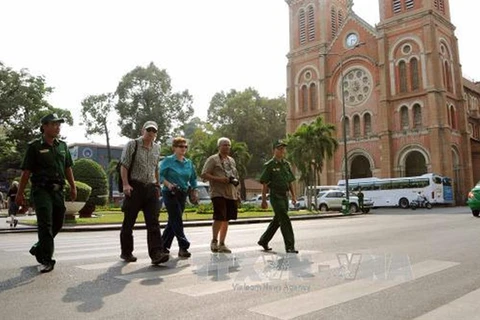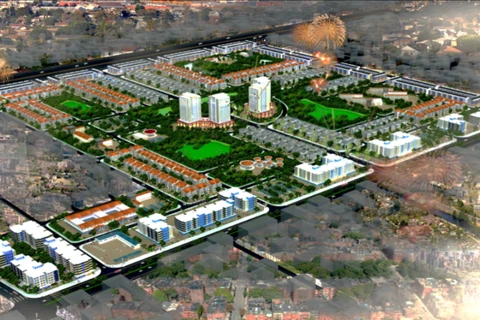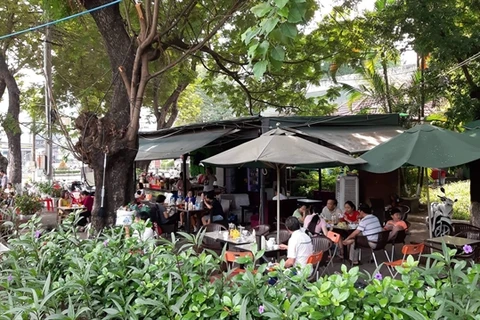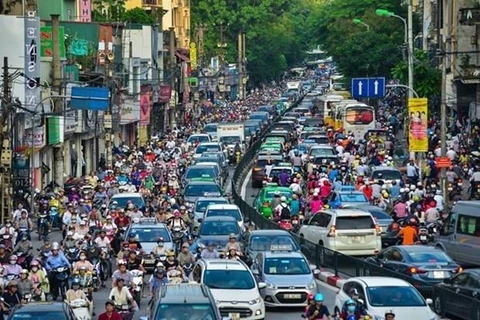Hanoi (VNS/VNA) — With the number of cars and bikes on the rise, Hanoi should accelerate planning for underground parking, experts have said.
According to Dao Ngoc Nghiem, vice chairman of Hanoi Association for Urban Planning and Development, it is necessary for the city to prioritise the development of underground parking lots.
The capital city is facing a shortage of parking spaces. It has more than 6.5 million vehicles of all kinds involved in traffic. The participation of about 1.2 million vehicles travelling to the city from other provinces is also putting pressure on urban transport infrastructure.
The number of cars and motorbikes increases rapidly every year, with an average growth rate reaching 15 percent for motorbikes and 8 percent for cars per year.
However, the land available for parking and public parking lots only meets 8-10 percent of demand for car parking spaces.
It is estimated that the city will need 1,400 hectares for the development of static traffic works by 2030. This is a real challenge given constrained land funds.
On many streets in Hoan Kiem district, such as Tong Dan, Co Tan and Ly Dao Thanh, it is easy to see long lines of vehicles parking close to intersections and even occupying sidewalks.
Similar situations happen on many streets of Dong Da and Hai Ba Trung districts.
Vu Van Vien, director of Hanoi’s Department of Transport, said temporary parking lots on streets has been adopted in four inner districts. However, he said, in accordance with Decree 100 issued by the Government in 2013, parking lots on sidewalks can only last until 2023.
Under its master plan for transportation to 2030 that has been approved by the prime minister, Hanoi is prioritising developing underground parking lots to meet people’s demand. But three years have passed and the city hasn’t got public underground parking lots besides basements (ground-level lots) at high-rise buildings and commercial centres.
In 2010, the city called for investment in underground parking areas at Quan Ngua Stadium, Thu Le Zoo, the Cultural Friendship Palace, Reunification Park, Youth Park and squares near the Opera House to solve the shortage of parking in the city.
However, none of the projects have been implemented due to difficulties in investment mechanisms and procedures that might cause slow return of investment.
In an effort to attract more investment, the municipal People’s Council has recently approved a directive on the development of traffic-related infrastructure.
Accordingly, people who own houses and land in the inner districts of Ba Dinh, Hoan Kiem, Hai Ba Trung and Dong Da are encouraged to invest in parking lots. They will be allowed to use 30 percent of the space for other commercial purposes if they are underground ones. Tax incentives will also be offered.
Nghiem said that the city should consider the synchronisation factor while calling for investment in underground parking projects, ensuring that they would meet criteria regarding transport connectivity and green space.
“In addition to creating favourable condition for businesses who pour money into the projects, the city authority should harmonise the interests of investors, the State and local residents based on its master development plan,” he was quoted by Kinh te & Do thi (Economic and Urban Affairs) newspaper as saying.
The location for each underground parking lot should be calculated carefully. Otherwise, it would disrupt the existing plan of the area, potentially causing more pressure on traffic infrastructure, he said. — VNS/VNA
VNA
























